To improve the soil structure and provide organic material, many gardeners in our area are avid composters. However, eggshells in compost don’t break down well, so they’re a topic of frustration. Both of our neighbors have confessed to finally just giving up on composting eggshells and they now throw their eggshells in the trash. Tired of intact eggshells in my compost, but not ready to throw such a good source of calcium away, I found a method that works for me.
I air-dry eggshells on a cookie rack for a day or two and then throw them into my Vitamix on high. In a few seconds, the shells become a fine, granular powder that’s perfect for adding to the soil around tomatoes and other plants that suffer when calcium levels are too low. This eggshell powder is the easiest and fastest way I’ve found to use eggshells’ soil-enriching properties.
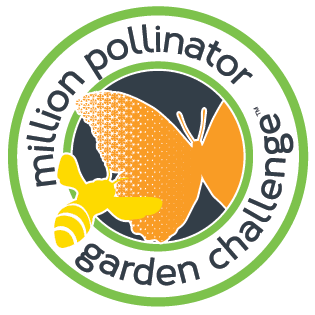
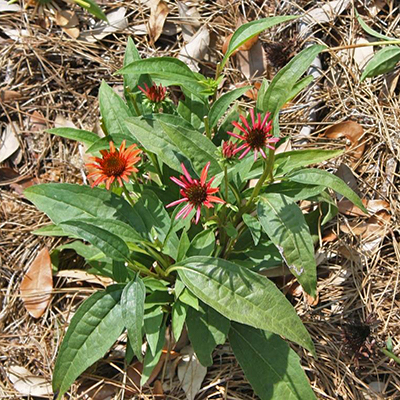
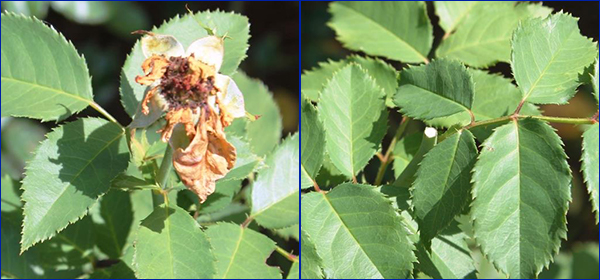
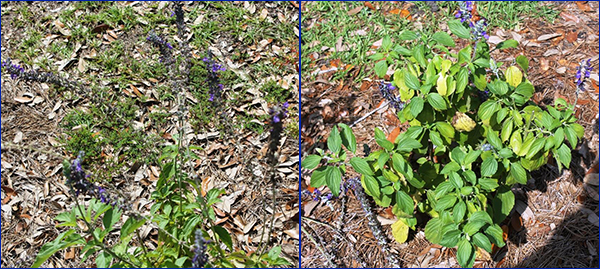
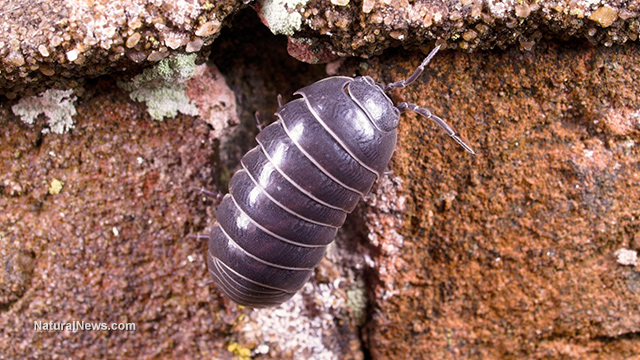

You need to be a member of Gardener's Corner to add comments!